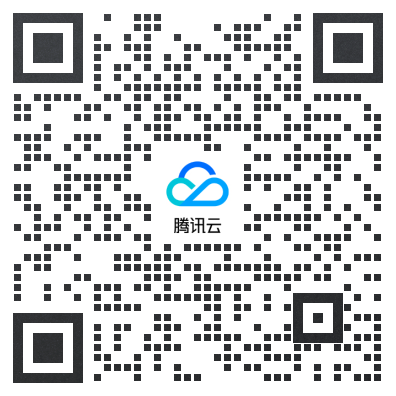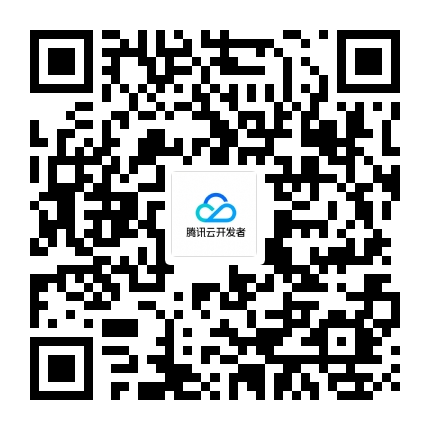F#:需要帮助来颠倒列表的顺序
F#是一种函数式编程语言,它是基于.NET平台的一部分,可以用于开发各种类型的应用程序,包括Web应用、桌面应用和云服务。在F#中,可以使用内置的函数和操作符来颠倒列表的顺序。
要颠倒列表的顺序,可以使用F#中的List模块提供的rev函数。rev函数接受一个列表作为参数,并返回一个新的列表,其中原始列表中的元素顺序被颠倒。
以下是一个使用F#的示例代码,展示如何使用rev函数来颠倒列表的顺序:
let originalList = [1; 2; 3; 4; 5]
let reversedList = List.rev originalList
printfn "Original List: %A" originalList
printfn "Reversed List: %A" reversedList输出结果为:
Original List: [1; 2; 3; 4; 5]
Reversed List: [5; 4; 3; 2; 1]在这个示例中,我们定义了一个名为originalList的列表,其中包含了整数1到5。然后,我们使用List.rev函数将originalList颠倒顺序,并将结果存储在reversedList中。最后,我们使用printfn函数打印出原始列表和颠倒后的列表。
F#的函数式编程特性使得处理列表等数据结构变得简洁和高效。通过使用内置的函数和操作符,如rev函数,可以轻松地对列表进行各种操作,包括颠倒顺序。
腾讯云提供了多种云计算产品和服务,可以帮助开发者构建和管理各种类型的应用程序。具体针对F#开发的产品和服务,可以参考腾讯云的官方文档和开发者资源,以获取更多相关信息。
相关·内容
扫码
添加站长 进交流群
领取专属 10元无门槛券
手把手带您无忧上云

 云服务器
云服务器 ICP备案
ICP备案 对象存储
对象存储 腾讯会议
腾讯会议 云直播
云直播
